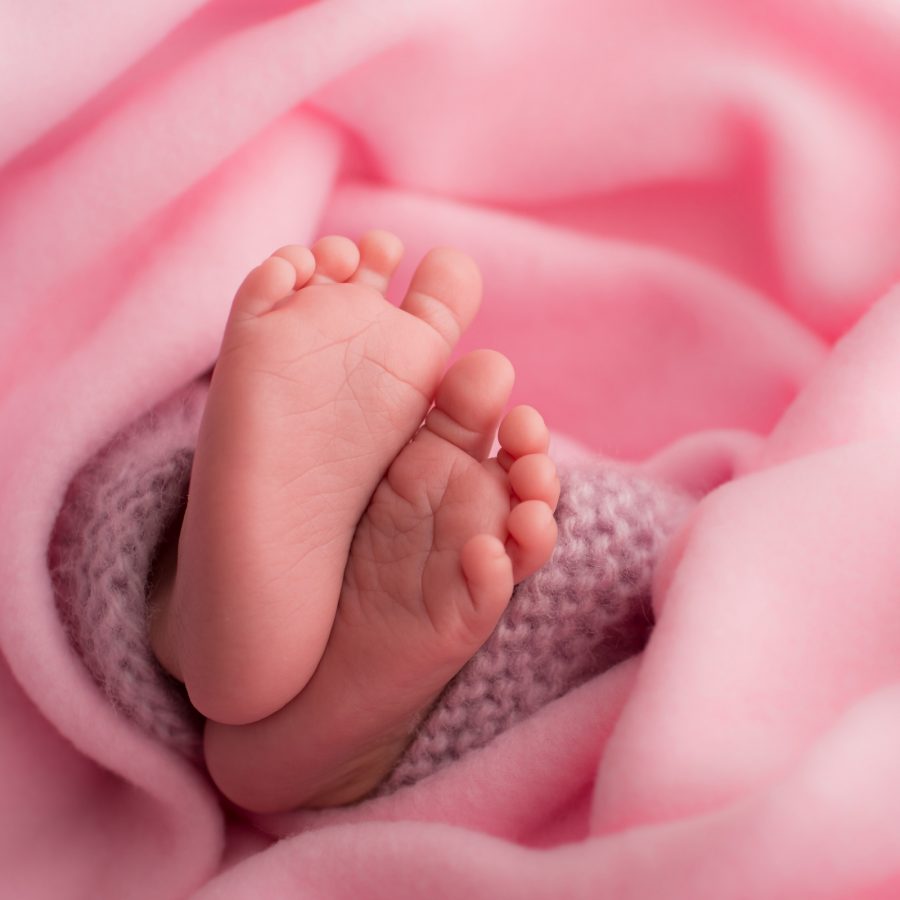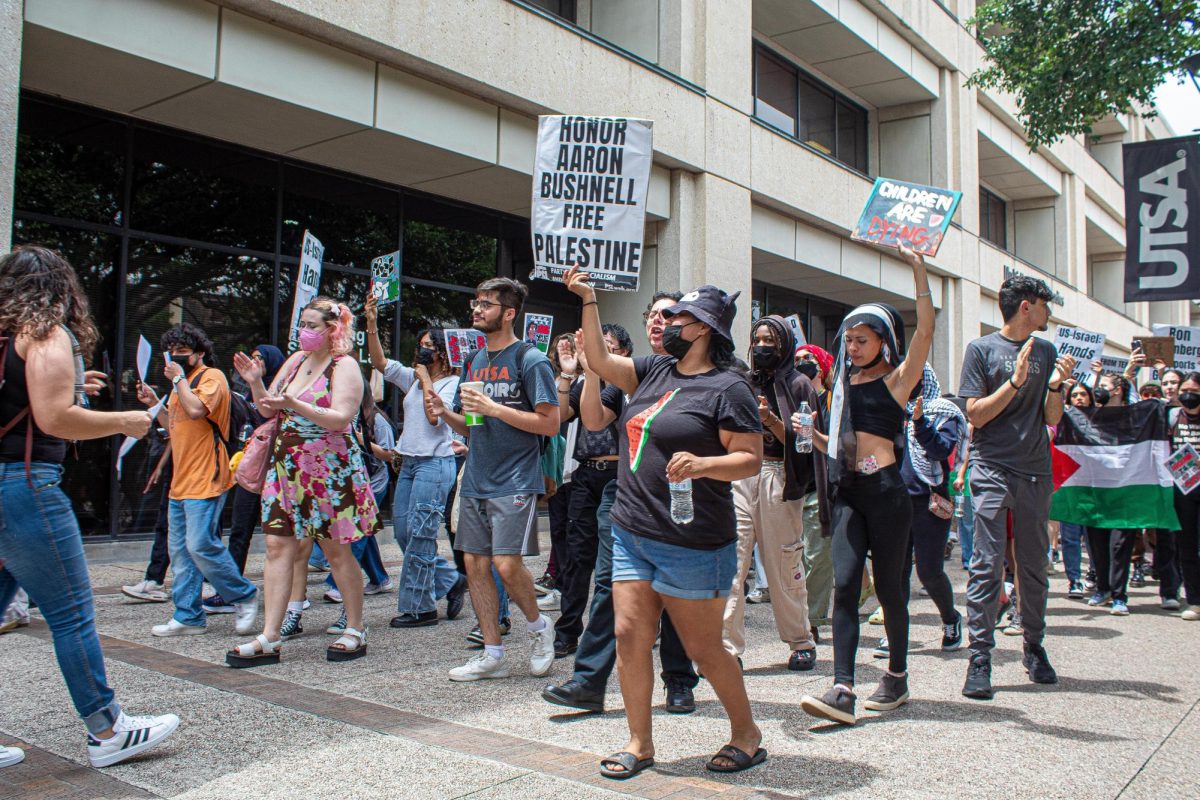UTSA, The Children’s Hospital of San Antonio and the Autism Treatment Center (ATC), received a two-year $1,251,063 grant from the Texas Higher Education Coordinating Board for research on infant and toddler autism treatment.
Assistant professor of educational psychology Amarie Carnett, Ph.D., Board Certified Behavorial Analysts – Doctora (BCBA-D), Licensed Behavior Analyst (LBA) and behavior analysis program coordinator and assistant professor of educational psychology Leslie Neely, Ph. D, put together a team of researchers to create Parent-Led Autism Treatment for At-Risk Young Infants and Toddlers (PLAAY).
“We are also developing a very early intervention therapy to work with the infants and toddlers and potentially change the trajectory of their development by altering their brain growth,” Carnett said. “The goal is to pilot an innovative diagnostic and treatment approach for infants and toddlers at-risk for developing autism spectrum disorder.”
PLAAY hopes to recruit at least 75-80 infants from San Antonio and the surrounding areas for the project, which will take place at the Children’s Hospital of San Antonio and the Autism Treatment Center.
“The infants will receive free EEGs, psychological screeners and developmental assessments,” Neely said. “The goal is to evaluate where they are developmentally and then collect data regarding their growth following the intervention.”
There are other factors in a child’s life they are studying including their interaction with parents, peers and their mental capacity.
“Since caregivers spend the most amount of time with their children, it is vital that we share what works with them, so they can be successful at home and community environments,” Neely said.
The inspiration for this research came from UTSA’s work with the Children’s Hospital.

Photo courtesy of Creative Commons
“Dr. Neely mentioned in the UTSA article that she encounters families who already have a child diagnosed with autism,” Carnett said. “Then, when they have a second or third child, they are wondering what they can do early on to start intervention when they first suspect their other child might be diagnosed with autism. We are working on developing an answer to that question, as we don’t have any answers yet in medical or behavioral practice.”
All of the researchers are members of San Antonio Applied Behavior Analysis (SAABA), and their first initiative was a collaborative clinic located at the Children’s Hospital. SAABA’s goal is to improve outcomes for individuals with autism or disabilities in school, at home and in community settings.
“Our partners truly are leaders in their fields and we are constantly discussing ways we can improve care for individuals with autism,” Neely said. “This idea was actually started by the former director of ATC Ivy Zwicker, who mentioned early on in our partnership that we might consider working with infants and toddlers. That sparked interest from myself and Dr. Svoboda at the Children’s Hospital of San Antonio and we ran with it. When this funding opportunity came up, we jumped to make this dream happen.”
Even though the research has not resulted in any findings, Neely remains hopeful.
“We are working with collaborators at Baylor Medical, the Autism Treatment Center and Harvard University to use the latest technology to diagnose autism at three months, and intervene earlier than anyone else has ever done before,” Neely said. “We are really looking to improve standard of care overall and ensure these families get the best treatments right from the start. I truly believe that collaborative projects are the only way you make substantial steps forward in research. We plan to not only disseminate our research findings at conferences, but to train others to conduct these interventions to better infants and toddlers throughout our world.”












